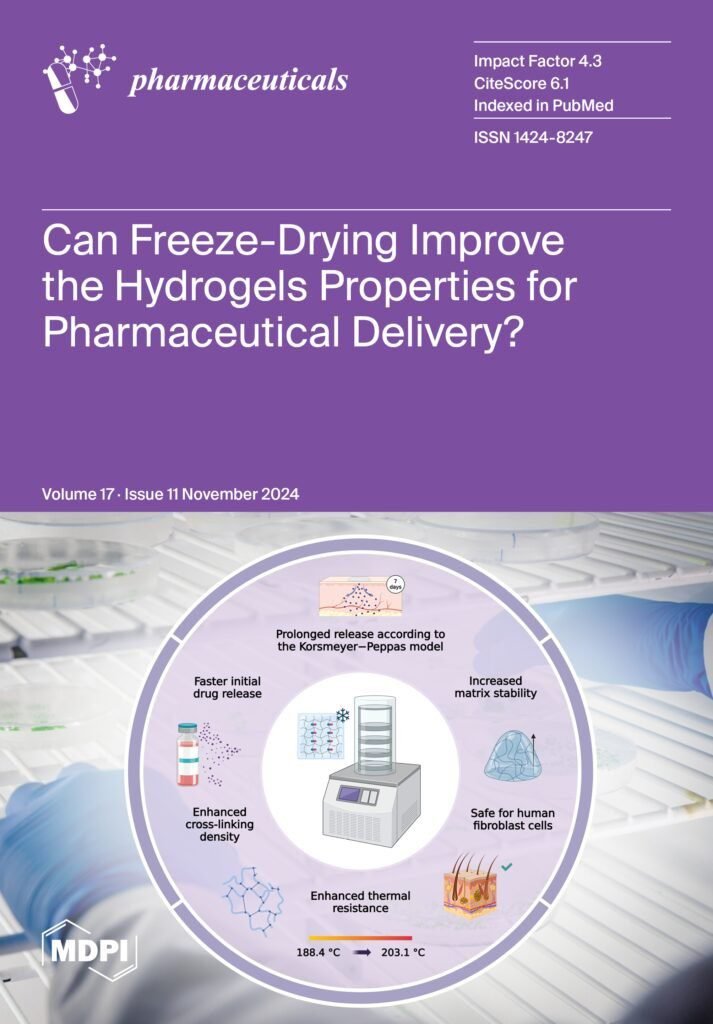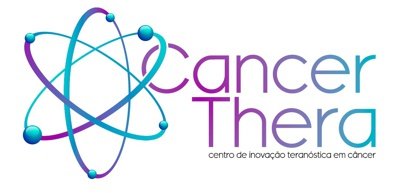A medical approach that emerged in the 1940s using radioactive iodine (iodine-131) to identify and treat thyroid diseases has been gaining increasing prominence in the global Nuclear Medicine and Oncology landscape: Theranostics – a name derived from the combination of the words “therapy” and “diagnosis”; in Greek, therapeia (to heal, to treat) and gnosis (knowledge).
Theranostics is a model of care for cancer patients that combines the same molecule (a drug, medication) with different radioactive isotopes to form diverse radiopharmaceuticals. Isotopes are atomic variations of a chemical element with different numbers of neutrons. One example is iodine, whose stable isotope is iodine-127, while iodine-131 is a radioisotope widely used in thyroid cancer for over 50 years.
In Theranostics, nuclear medicine physicians initially use a radiopharmaceutical with diagnostic properties to identify the extent of the disease in the patient’s body. Then, a new radiopharmaceutical, composed of the same molecule and a different radioisotope, is administered so that the tumor cell is destroyed by radiation.
For diagnostic purposes, the radiopharmaceutical contains a radioisotope that emits, for example, low-energy gamma photons, which are sufficient for imaging devices to capture its distribution in the patient’s body. When a radiopharmaceutical emitting high-energy alpha or beta photons is administered, it can irradiate tumor cells at close range, preserving healthy neighboring tissues as much as possible.
After administration to the patient, radiopharmaceuticals bind to a tumor cell, either to diagnose the tumor or to destroy it, promoting personalized medicine that combines precision, efficacy, and lower toxicity. The infographic below summarizes the radiopharmaceutical structure and the steps of Theranostics.


Theranostics is the subject of a literature review article conducted by researchers from the Center for Theranostic Innovation in Cancer (CancerThera), which is a Research, Innovation, and Dissemination Center (CEPID) primarily funded by the São Paulo Research Foundation (FAPESP; grant no. 2021/10265-8). The study highlights how the Theranostic model works in Nuclear Medicine, the main radiopharmaceuticals, and imaging exams used in this approach.
Challenges of a literature review article
Published in the journal Pharmaceuticals (2024, vol. 17, no. 1; DOI: 10.3390/ph17111483), the article titled “Theranostics Nuclear Medicine in Prostate Cancer” is a literature review that explains how Theranostics functions in cancer and presents the main radiopharmaceuticals and imaging exams used in this approach. Although different theranostic radiopharmaceuticals are mentioned, the article focuses on the use of the Prostate-Specific Membrane Antigen (PSMA) molecule, which selectively binds to prostate tumor cells when applied to patients.

Helena C. L. Lima, a medical student at the Pontifical Catholic University of Campinas (PUC-Campinas), and Marina C. Etchebehere, a medical student at the Albert Einstein Faculty of Health Sciences, were the primary authors of the article. They also received contributions from Dr. Elba C. S. C. Etchebehere, a nuclear physician and professor at the Faculty of Medical Sciences of the State University of Campinas, and Dr. Victor M. Deflon, a radiochemist and professor at the Institute of Chemistry at São Carlos, University of São Paulo – both principal investigators at CancerThera. Collaborators included Dr. Mariana C. L. Lima, a nuclear physician and associate researcher at CancerThera; Ms. Mateos Bogoni, a nuclear physician; Ms. Caroline Torricelli, a biomedical scientist; and Dr. Ellen Nogueira Lima, a biologist.
“The biggest challenge for producing the article was gathering all the updated information on the topic and organizing it in the best way to help experts in the field,” explains Helena Lima. Marina Etchebehere highlights the complexity of the topic and the importance of ensuring accessible writing: “As I am still a medical student and the subject is quite specific, I took great care in finding my sources for the review and writing a coherent and clear text.”
Theranostics and PSMA
One of the pillars of Theranostics is the use of molecular imaging to guide the decisions of professionals working in this approach. One of the devices used by nuclear medicine physicians is Positron Emission Tomography coupled with Computed Tomography (PET/CT), which enables imaging diagnostics that explore positron-emitting radiopharmaceuticals.
Researchers explain that, during this exam, positrons collide with electrons in the patient’s body in a process called “annihilation,” resulting in the simultaneous emission of two gamma photons in opposite directions. Detecting this gamma radiation forms the basis of the resulting images.
PSMA PET/CT is widely used to identify lesions expressing high levels of PSMA. In Brazil, the main positron-emitting radiopharmaceuticals used in prostate cancer are PSMA labeled with fluorine-18 (PSMA-18F); PSMA labeled with gallium-68 (PSMA-68Ga); Sodium fluoride-18 (fluoride-18F); and 2-Fluoro-D-deoxyglucose labeled with fluorine-18 (FDG-18F).
PSMA PET/CT is important for the diagnostic evaluation of prostate cancer patients due to its high sensitivity in detecting primary tumors and metastases. The exam helps detect intermediate and high-risk tumors, assists in determining the best biopsy site, and aids in radiotherapy planning.
It also helps identify recurrences in early stages, allowing specialists to assess treatment response and select patients for PSMA-based therapy with new radioisotopes. Studies such as the Australian TheraP trial, published in the BJU International Journal, show that combining PSMA PET/CT with FDG PET/CT can improve patient selection for treatment but adds logistical and financial challenges.
For theranostic treatment, the main radioisotopes used with PSMA are lutetium-177 (177Lu) and actinium-225 (225Ac). Lutetium-177 emits high-energy beta particles that cause targeted damage to tumor cells, leading to DNA breaks and cell death. Actinium-225, an alpha particle emitter, works with higher energy and shorter range, providing greater efficacy at lower doses and reduced toxicity for healthy tissues. “However, the limited global availability of actinium-225 restricts its clinical use mainly to research in a few centers worldwide,”.

These treatments have shown significant results, especially in patients with advanced prostate cancer resistant to other therapies. Studies such as the Vision Trial, published in the New England Journal of Medicine, have demonstrated that PSMA-177Lu increases overall survival and significantly improves patients’ quality of life.
“Our literature review addressed the use of Theranostics in prostate cancer, and there are many approaches beyond PSMA for this type of tumor,” highlights Marina Etchebehere. As she explains, the theranostic use of PSMA is primarily established for prostate tumors and their metastases. However, although the article does not cover other types of cancer, there is already evidence in the literature that this molecule may be promising for the treatment of, for example, renal tumors and connective tissues.
New perspectives in Theranostics
Ongoing clinical studies are evaluating the use of radiolabeled PSMA in earlier stages of the disease and in combination with other therapies, such as surgery and chemotherapy. Projects like LuTectomy and PSMAddition, mentioned in the article, are exploring new frontiers for these treatments and point toward a future where personalized approaches become the norm rather than the exception.
The expansion of Theranostics depends on advances in the production of radioisotopes and the establishment of protocols for patient selection and treatment response evaluation. Although Theranostics has been well established in developed countries, its application in Brazil faces challenges. “I believe the biggest challenge for applying Theranostics in the early stages of prostate cancer is the lack of knowledge on the subject and the limited access to key radiopharmaceuticals in most of Brazil, particularly in the public healthcare system,” warns Helena Lima.
Despite these difficulties, the authors of the article emphasize the enormous potential of this approach: “The concept of using the same molecule for diagnosis and therapy has opened doors to personalized and effective treatments, especially for patients with metastatic castration-resistant prostate cancer. This has led to increased survival and the preservation of quality of life, with low rates of side effects. There is great hope that this field will also expand to include earlier stages of the disease in the future.”
The full article can be accessed here.
Text: Romulo Santana Osthues





